Two top women’s singles seeds fell in the bottom half the draw leaving China’s two seeds to deal with them later. In fact, the champion in Sydney the year before the tournament ascended a prize money level and its inaugural Superseries champ both proceeded into the Round of 16.
By Aaron Wong, Badzine Correspondent live in Sydney. Photos: Badmintonphoto (live)
You’ve got that lovin’ (Australia) feeling
India’s defending champion Saina Nehwal (photo) had a remarkable attack making not only the match short, but the rallies as well. In her opinion, it was a surprise victory against one of the two most consistent players right now, beating Korean fourth seed Sung Ji Hyun 21-10, 21-16, so much so she stated it twice.
“I don’t even know who I am playing next. I didn’t look at the draw beyond the first name at all.”
Nehwal’s smashes were painfully accurate for Sung on top of the high volume she was seeing. “I’m not aiming that close, it’s just happening that way. Some of the feeling from last year’s Australian is coming back. I remember clearly all those matches. I can say my extra reach on shuttles is also returning but I’m not fully fit yet.”
The newer Indian star Pusarla Venkata Sindhu had to grind out a 21-17, 14-21, 21-18, win over Sunday’s Indonesia Superseries Premier champ Sayaka Sato. Sato’s signature split second delay on choosing to clear or drop was enhanced by her tiredness after the most extended campaign of her career but couldn’t compensate for the one second slowness to address Sindhu’s net shots after the rubber interval. The other Sayaka (Takahashi), 2013 Australian Open Grand Prix Gold champ, went through to the second round over Canada’s Michelle Li (photo) in what was a battle of who could hit the steepest cross-court shots more often.
Another antidote but not applied
In the first round encounter of Olympic medallists, bronze was shinier than gold. Nozomi Okuhara’s 21-12, 21-19 sidelining of Spain’s Carolina Marin (pictured above) was the conversation topic at various spectator dinner tables as play concluded before 9pm for a change (unlike 2015 when Axelsen defeated Lin Dan close to midnight).
Marin was fast but wasn’t at her fastest or perhaps wasn’t allowed to be. Okuhara was so early to most of Marin’s smashes inside long rallies that she could put her racquet on the line to judge with full confidence the ones that were narrowly going out.
The key to Okuhara’s aptitude here, in amongst all the others that still needed to be in place, was the high lifts that unfailingly went to the baseline on Marin’s net tumbles – which looks simple, but is incredibly difficult to execute on tight net play and running towards it. Marin felt their quality and accuracy and was forced to retreat at least four and a half large strides which thus reduced the volume and effectiveness of the shot she relies on the most, the smash.
At last year’s Australian, Sun Yu discovered quite by accident one antidote to Okuhara’s game very near the end. Marin uncovered a different one at a similar juncture which is to hold her smash or push for a split second as Nozomi Okuhara (photo) thrives on an opponent’s regular pattern of play. Marin may not have realised or was unable to replicate it as her own internal game requires regular rhythm to blossom.
More expounding of Okuhara habitually watching her prey and Marin finding murderous instincts inside herself was confirmed by tonight’s victor in this way, “Carolina is a very attacking player and I’m a defensive type so it fits my range of skills nicely.”
In half her native tongue and half English she added, “My shoulder is perfect now. In Jakarta, I played the way I wanted to. It wasn’t successful there but it is in here.”
Okuhara used a Japanese idiom to relay a complex nagging feeling that she isn’t exactly nervous but is struggling to better manage the standard she expects of herself in conjunction with what the classy field of current women’s singles badminton demands to become a Superseries champion.
Click here for all Wednesday results
![AUSTRALIAN OPEN 2017 R32 – Former top tens on the mend Two top women’s singles seeds fell in the bottom half the draw leaving China’s two seeds to deal with them later. In fact, the champion in Sydney the year before […]](http://www.badzine.net/wp-content/uploads/ngg_featured/20170621_1925_AustraliaOpen2017_BPRS8358.jpg)
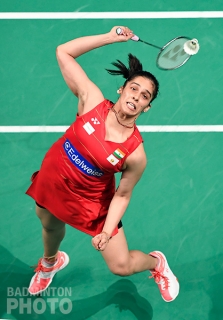
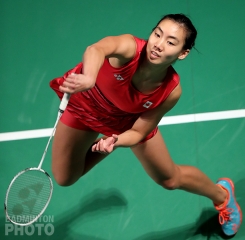
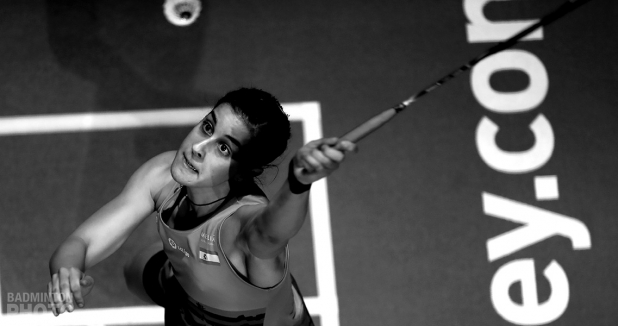
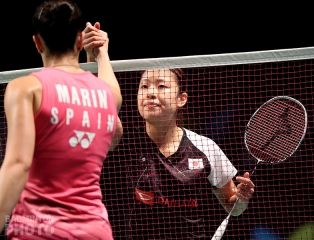

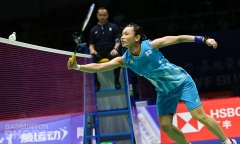
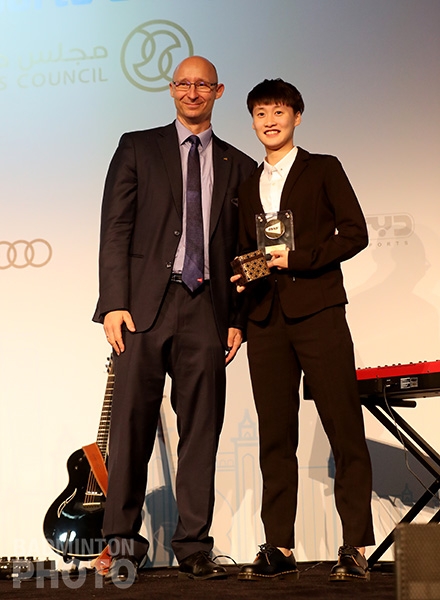
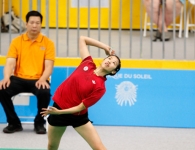
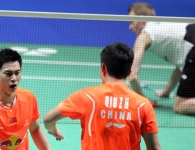
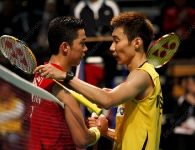
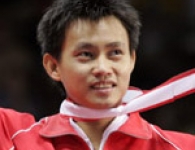
Leave a Reply